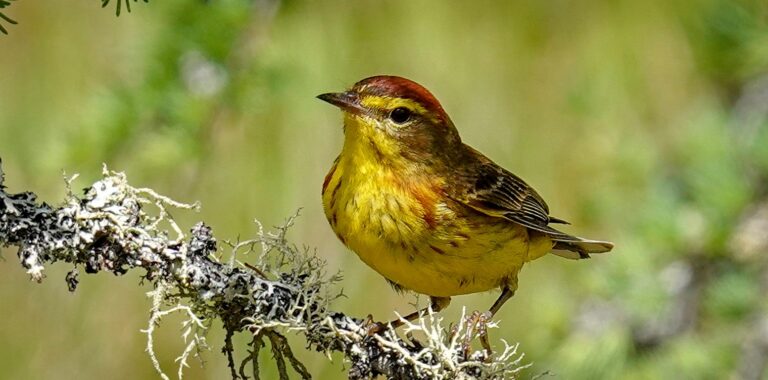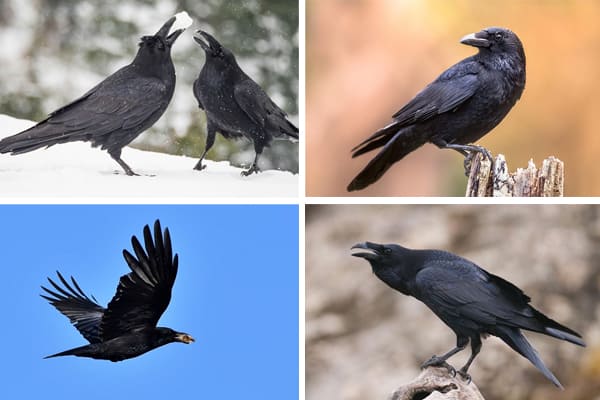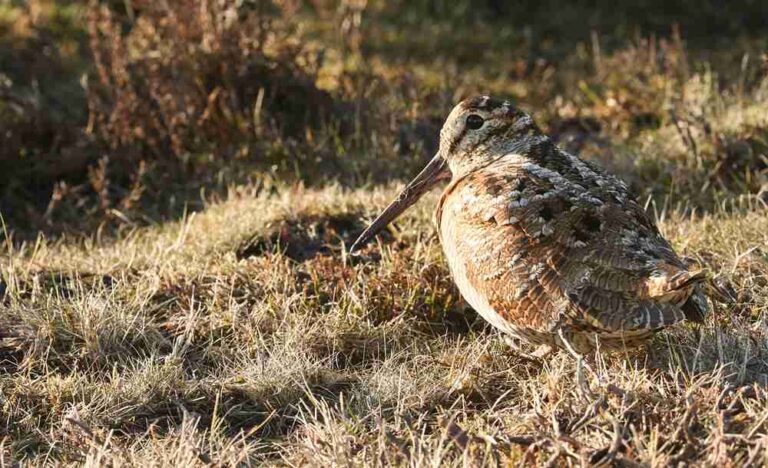Crow vs Raven vs Blackbird Corvids: Know the Differences
Welcome to our comprehensive guide on the common raven, American crow, and other black birds. blackbird corvids Raven Vs Crow Vs Black Bird! These birds belong to the same family, but the Raven Vs Crow comparisons highlight the distinct differences that set them apart. In this article, we will explore their unique characteristics, behaviors, and similarities to help you better understand and identify these fascinating avian species.
If you’ve ever wondered about the differences between crows and ravens or how blackbirds fit into the picture, you’ve come to the right place. We will delve into their physical features, such as size and plumage, as well as their habitats and behaviors. By the end of this guide, you’ll have a clear understanding of crow vs raven differences and be able to identify and tell the difference between a raven and a crow. blackbird corvids confidently.
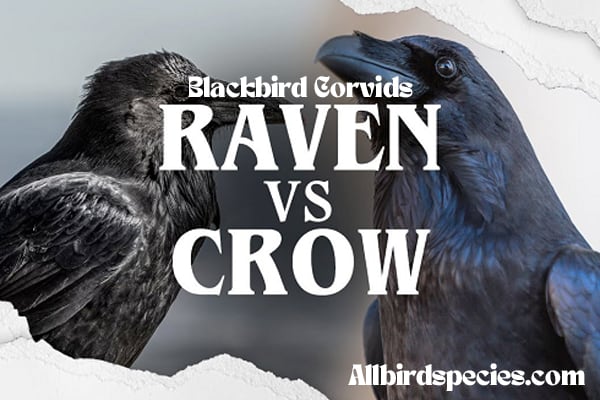
Understanding Corvids: A Closer Look at Crows, Ravens, and Blackbirds
Corvids are known for their distinct traits and behaviors, as well as their adaptability to different habitats. Let’s explore the common characteristics shared by these three corvid species and how they are classified within the corvid family.
Crows: The sounds that American crows make. These sociable birds are often found in urban and rural areas, displaying glossy black plumage and a distinctive cawing call. Crows are known for their problem-solving skills and for forming close-knit family groups called “murders.” They build stick nests and are omnivorous, feeding on a variety of foods including insects, fruits, and even small animals.
Ravens: Larger than crows, ravens have a shaggy plumage and a deep, resonant call. They are highly intelligent and have been observed using tools and solving complex puzzles. Ravens are often associated with wilderness areas and are known for their playful behavior. They have a varied diet, including carrion, insects, small mammals, and plant matter.
Blackbirds: Though they share a similar appearance to crows and ravens, blackbirds have a few distinguishing features. Their plumage tends to be less glossy, and they possess a bright yellow eye-ring. Blackbirds, also known as Eurasian blackbirds, are found in Europe and Asia, inhabiting woodlands, gardens, and parks. Both the American crow and common raven primarily feed on invertebrates, berries, and fruit.
By understanding the unique characteristics of crows, ravens, and blackbirds, you can improve your corvid identification skills and gain a deeper appreciation for these intelligent and captivating birds.
Must Read: Small Birds with Long Legs
Identifying Crows: Features and Characteristics
When it comes to identifying crows, there are several key features and characteristics to look out for. These intelligent birds are known for their distinctive size, plumage, and vocalizations. Let’s take a closer look at these distinguishing traits and compare them to blackbirds for easier identification.
Size and Plumage
Crows are generally larger in size compared to blackbirds. A mature crow can measure around 17 to 21 inches in length, while blackbirds tend to be smaller, ranging from 8 to 11 inches. This difference in size becomes more evident when observing their wingspan. Crows have a wingspan of approximately 36 to 40 inches, whereas blackbirds have a wingspan of around 12 to 15 inches. In terms of plumage, crows have predominantly black feathers that shimmer with shades of blue or purple in certain lights. On the other hand, blackbirds typically have black feathers with a glossy sheen or iridescent blue-black feathers.
“Crows are larger in size and have shiny black feathers, while blackbirds are smaller and possess glossy, iridescent plumage.”
Vocalizations
Crows are highly vocal birds, known for their diverse and unmistakable calls. They produce a range of sounds, including cawing, rattling, and even mimicry of other bird sounds and human voices. Their vocalizations are often loud and can carry over long distances. Blackbirds, on the other hand, have a more melodious song, which is often described as a rich, flutelike warble. While both crow and blackbird vocalizations can be heard throughout the day, the distinctive cawing of crows is more commonly associated with these corvids.
You May Want to Read: Black Birds With White Bellies
Visual Comparison
To aid in identification, here are some visual cues to differentiate between crows and blackbirds:
| Crow | Blackbird |
|---|---|
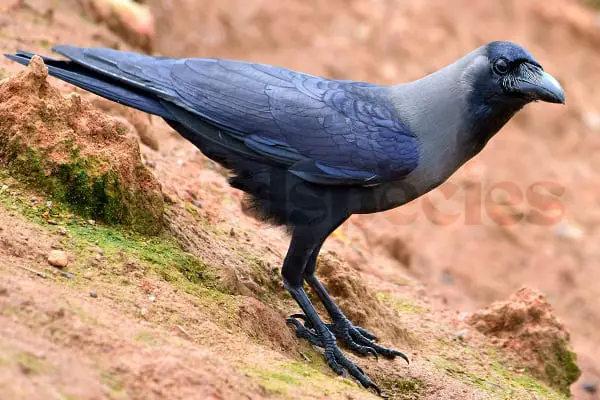 |
 |
| Size: 17-21 inches | Size: 8-11 inches |
| Wingspan: 36-40 inches | Wingspan: 12-15 inches |
| Black feathers with blue or purple sheen | Glossy iridescent black feathers |
| Loud and diverse vocalizations | Melodious, flutelike warble |
By considering these distinct features and characteristics, you can become more adept at identifying crows and differentiating them from blackbirds. Keep an eye out for their size, plumage, and vocalizations, and you’ll soon become a pro at spotting these captivating corvids in the wild.
Ravens: The Enigmatic Corvids
Ravens, known for their larger size and mysterious nature, are a fascinating species of corvids that stand apart from their counterparts, including crows and grackles. In this section, we will explore the distinct characteristics that set ravens apart and compare them to other similar-looking birds.
Size Comparison: Ravens vs. Crows
One of the key distinguishing factors between ravens and crows is their size. While both birds belong to the corvid family, ravens typically have a larger and more robust build compared to crows. On average, ravens measure around 24-27 inches in length and have a wingspan of approximately 46-56 inches. In contrast, crows are smaller, measuring about 16-20 inches in length with a wingspan of 33-39 inches.
If we were to visualize this size difference, we could create a table highlighting the variations:
| Ravens | Crows |
|---|---|
| Larger Size | Smaller Size of the American crow as compared to the common raven. |
| Average Length: 24-27 inches | Average Length: 16-20 inches |
| Wingspan: 46-56 inches | Wingspan: 33-39 inches |
This table showcases the noticeable difference in size between ravens and crows, emphasizing the larger stature of ravens.
Comparing Ravens to Grackles
Another bird species that may bear resemblance to ravens is the grackle. However, despite some visual similarities, there are key differences to help distinguish between the two.
Firstly, in terms of size, the raven is notably larger than the grackle. While a raven measures around 24-27 inches, a grackle is significantly smaller, averaging about 12-13 inches in length.
Additionally, their appearance varies as well. Ravens are typically known for their sleek, glossy black plumage, while grackles display iridescent feathers with various shades of blue, green, or purple depending on the species.
A table can effectively summarize the distinctions between ravens and grackles:
| Ravens | Grackles |
|---|---|
| Larger Size | Smaller Size |
| Glossy black plumage | Iridescent plumage with shades of blue, green, or purple |
| Average Length: 24-27 inches | Average Length: 12-13 inches |
As illustrated by the table, ravens and grackles can be easily differentiated based on their size, plumage, and overall appearance.
Must Visit: Red Sparrow Bird
Blackbird Corvids: Intriguing Avian Species
Among the fascinating corvids, blackbirds stand out with their distinctive characteristics and behaviors. Let’s explore the traits that differentiate them from crows and ravens, and gain a deeper understanding of these intriguing avian species.
Physical Appearance and Plumage
Blackbirds, scientifically known as Turdus merula, are medium-sized birds with a sleek black plumage that gives them their name. While they may appear similar to crows and ravens from a distance, a closer look reveals distinct differences. Blackbirds have a yellow eye-ring and a bright yellow bill, setting them apart from their larger relatives.
Contrary to the blackbirds’ name, ravens and crows also possess black plumage. However, ravens are noticeably larger, measuring up to 26 inches in length, while crows and blackbirds are closer in size, ranging between 16 to 18 inches.
Behaviors and Vocalizations
Blackbirds are primarily ground foragers, hopping along lawns and fields, searching for insects, worms, berries, and fruits. They are known for their melodious songs, which are often heard during their breeding season. Their sweet and flute-like calls are distinct from the throaty caws of crows and the deep croaks of ravens.
While crows and ravens are highly intelligent and renowned for their problem-solving abilities, blackbirds possess their own unique adaptations. Their foraging techniques involve using their bills to flip over leaves or by probing the soil for hidden insects. Additionally, blackbirds are skilled at using their strong beaks to defend their territories from intruders.
Ecological Roles and Distribution
Blackbirds play essential ecological roles in their habitats. They aid in seed dispersal by feeding on fruits and berries, promoting plant diversity. Their insect-eating habits help control populations of pests, benefiting agricultural areas as well.
Blackbirds have a widespread distribution across Europe, Asia, and North Africa. In North America, a closely related species known as the Red-winged Blackbird (Agelaius phoeniceus) is more commonly found.
For a visual comparison of the physical features and behaviors of blackbirds, crows, and ravens, refer to the table below:
| Blackbirds | Crows | Ravens | |
|---|---|---|---|
| Common Raven Size (Length). | 16-18 inches | 16-20 inches | 22-26 inches |
| Color | yellow eye-ring and bill | Black | Black |
| Foraging Style | Ground foragers, flipping leaves,
probing soil |
Ground foragers,
scavengers |
Ground foragers,
scavengers |
| Vocalizations | Melodious songs, and flute-like
calls are prominent features, especially in Common Raven. |
Harsh caws | Deep croaks |
| Distribution | Europe, Asia, North Africa | Worldwide | Worldwide |
As we can see, each species of corvid has its own unique attributes and ecological roles. By understanding these distinctions, we can appreciate the diversity and adaptability of these captivating birds.
Comparing Crow, Raven, and Blackbird Behaviors
While crows, ravens, and blackbirds belong to the corvid family and share some similarities, they also exhibit distinct behaviors that set them apart. Understanding these behavioral differences can help you identify and appreciate these fascinating avian species. Additionally, we will touch upon the magpie, another related corvid, for further comparison.
Behaviors of Crows:
Crows are highly intelligent and adaptable birds known for their problem-solving skills. They have a diverse diet that includes insects, fruits, and carrion. One interesting behavior of crows is their habit of caching food in various locations to retrieve later. American crows are also known for their communal roosting behavior, where large groups gather together during the non-breeding season.
Behaviors of Ravens:
Ravens, larger in size compared to crows, exhibit impressive intelligence and complex social behaviors. They are known to engage in cooperative hunting, where two or more individuals work together to capture prey. Ravens also have a wide vocal repertoire, with calls that range from deep croaks to high-pitched squeaks. In addition, they display playful behaviors, often engaging in aerial acrobatics and games with other ravens and even other species.
Behaviors of Blackbirds:
Blackbirds, including red-winged blackbirds and European blackbirds, are known for their beautiful songs and territorial behavior. Males often establish breeding territories and defend them vigorously, using their melodious songs as a means of communication. They can be seen perched prominently in trees or reeds, proclaiming their territory and attracting mates. Blackbirds also forage on the ground, probing the soil for insects, seeds, and berries.
Comparing Behaviors:
When comparing the behaviors of crows, ravens, and blackbirds, some notable differences emerge. While all three species are highly adaptable and intelligent, crows are more inclined to forage in urban areas and form larger communal roosts. Ravens, on the other hand, display more complex cooperative behaviors and vocalizations. Blackbirds, with their territorial singing and ground foraging behavior, have a different behavioral repertoire.
“Each of these corvid species has its unique behaviors, making them intriguing and captivating creatures to observe in the wild.“
The Fascinating World of Corvids: Fun Facts and Conservation
As we’ve explored the differences between crows, ravens, and blackbirds, it’s hard not to be captivated by the remarkable world of corvids. These intelligent birds have earned their place in both folklore and scientific study, and for good reason.
Corvids, including crows, ravens, blackbirds, and even magpies, are known for their exceptional problem-solving skills and ability to use tools. They have been observed crafting and utilizing tools to obtain food, an impressive feat for any bird including the common raven and American crow. This intelligence is further reflected in their remarkable mimicry abilities, allowing them to mimic human speech and other sounds with great accuracy.
Adaptability is another key characteristic of corvids. They thrive in a wide range of habitats, from urban environments to wild forests, displaying their ability to adapt to changing surroundings and find innovative ways to survive. While the crow’s sharp beak and strong wings aid in scavenging, ravens’ larger size and powerful bills enable them to dine on a wider variety of food sources. Meanwhile, blackbirds exhibit fascinating behaviors like mating displays and synchronized murmurations.
Despite their popularity and cultural significance, corvids face numerous challenges in the modern world. Habitat loss, pollution, and persecution from human activities can have a devastating impact on these intelligent creatures like the common raven and American crow. It is vital for us to recognize their importance in maintaining ecosystems and to implement conservation measures to preserve their populations for future generations.
Frequently Asked Questions
Q1: What are the differences between crows, ravens, and blackbird corvids?
Crows, ravens, and blackbird corvids differ in their physical characteristics, behaviors, and habitat preferences. Crows are smaller and have a distinct cawing sound, while ravens are larger and have a deep croaking call. Blackbird corvids, including blackbirds and grackles, have their unique features and behaviors.
Q2: How can I identify crows and distinguish them from blackbirds?
Crows are larger than blackbirds and have all-black plumage. They also have a thicker beak and a more robust body compared to blackbirds. Additionally, crows have a peculiar cawing sound that is distinct from the calls of blackbirds. Here are some pictures to help you with identification.
Q3: What sets ravens apart from crows and other corvids?
Ravens are larger than crows, with a more robust body and a thicker beak. They also have shaggy throat feathers, known as “hackles,” and a deep croaking call. Ravens can be distinguished from crows by their wingspan, which is typically larger. Here is a size comparison chart to help you differentiate between the two.
Q4: Are there any similarities between crows and ravens?
Yes, crows and ravens are both part of the corvid family. They share certain traits, such as their high intelligence, problem-solving abilities, and adaptability to various environments. They also exhibit similar social behavior, including forming family groups. However, there are noticeable differences in their size, calls, and overall appearance.
Q5: How do blackbird corvids differ from crows and ravens?
Blackbird corvids, such as blackbirds and grackles, have their unique characteristics. They are smaller than crows and ravens, with sleeker plumage and different vocalizations. Blackbirds often have iridescent feathers, while grackles have longer tails and a distinct metallic sheen. Here is a comparison chart to help you distinguish between blackbirds, crows, and ravens.

